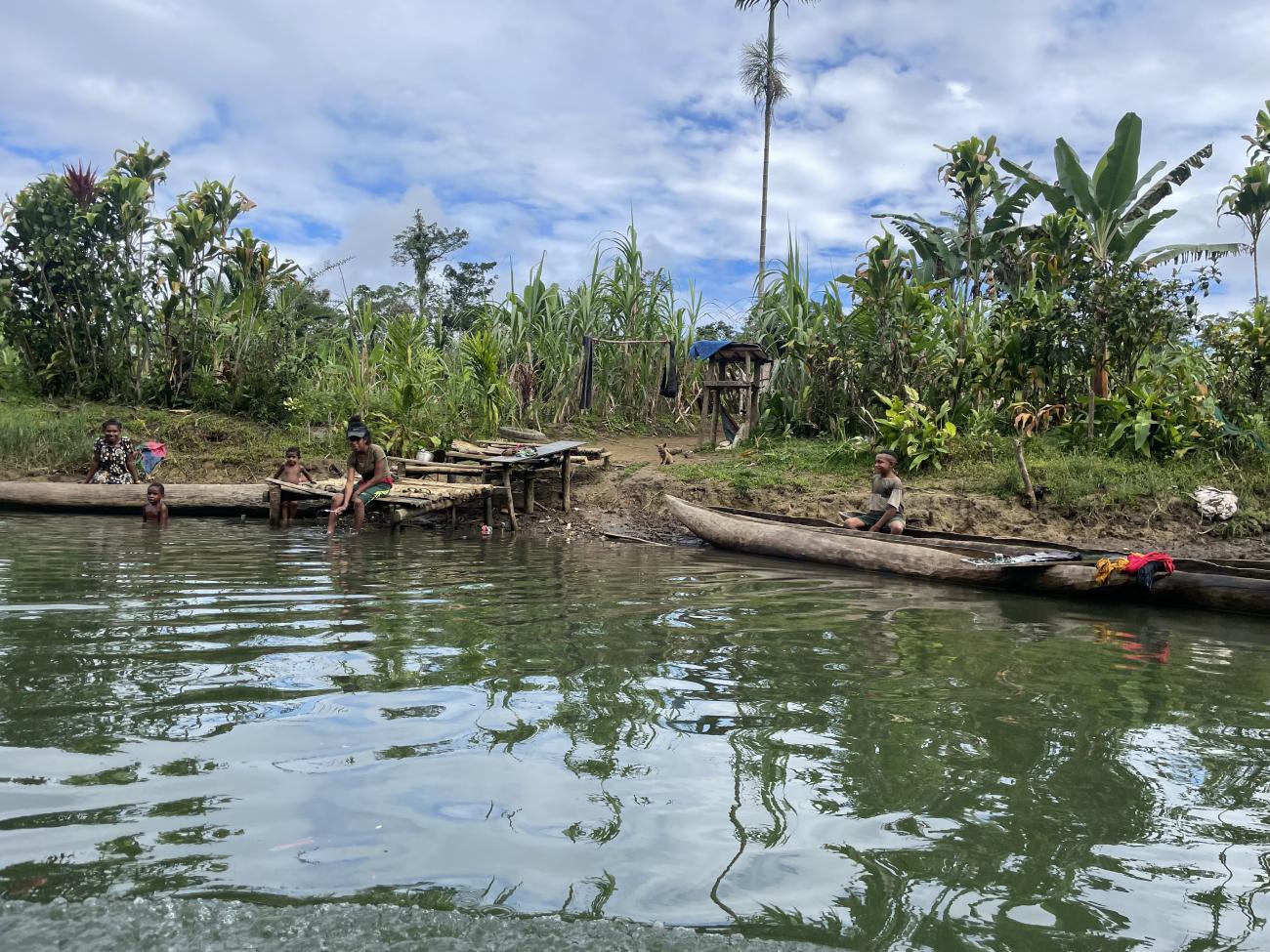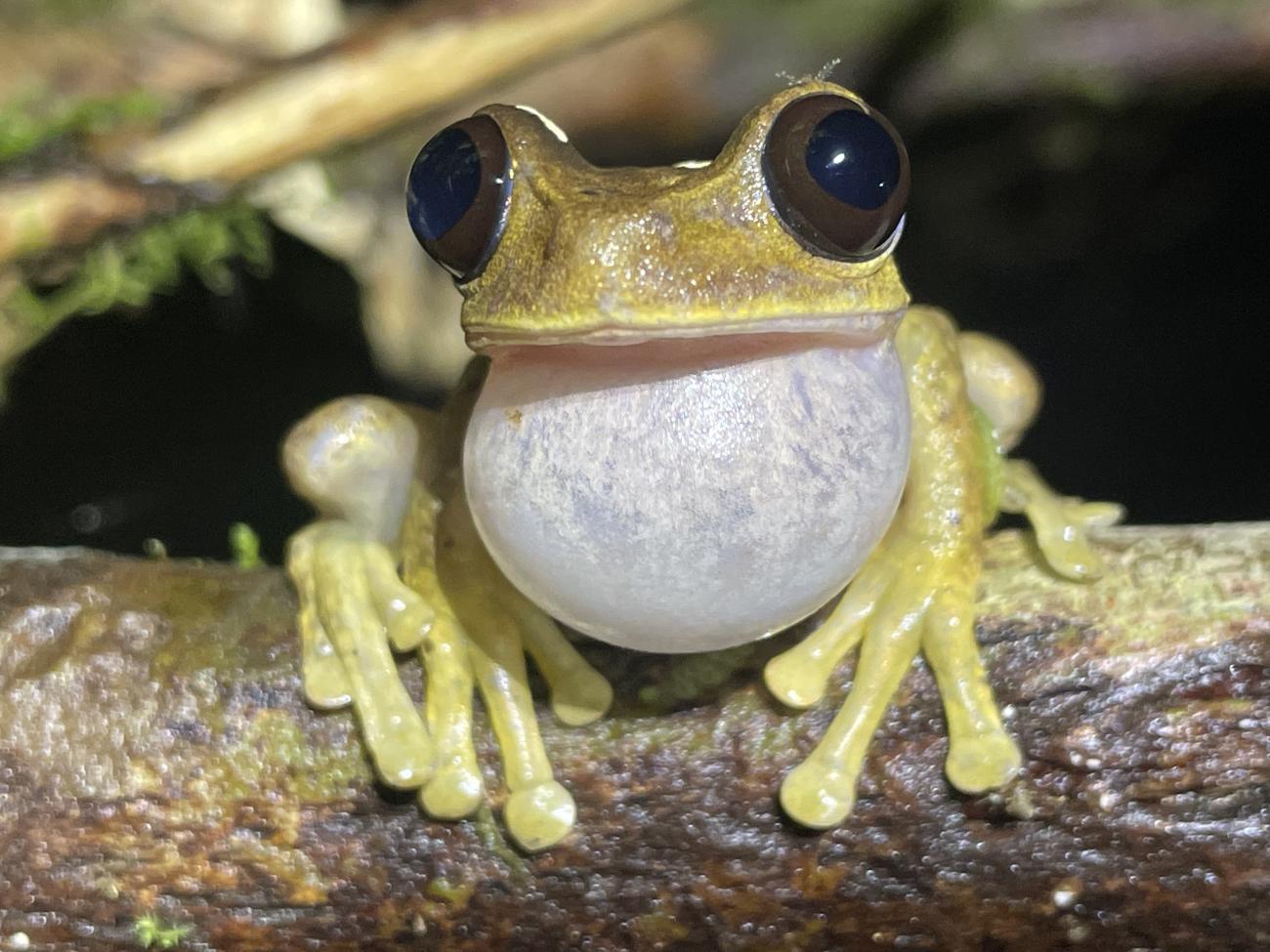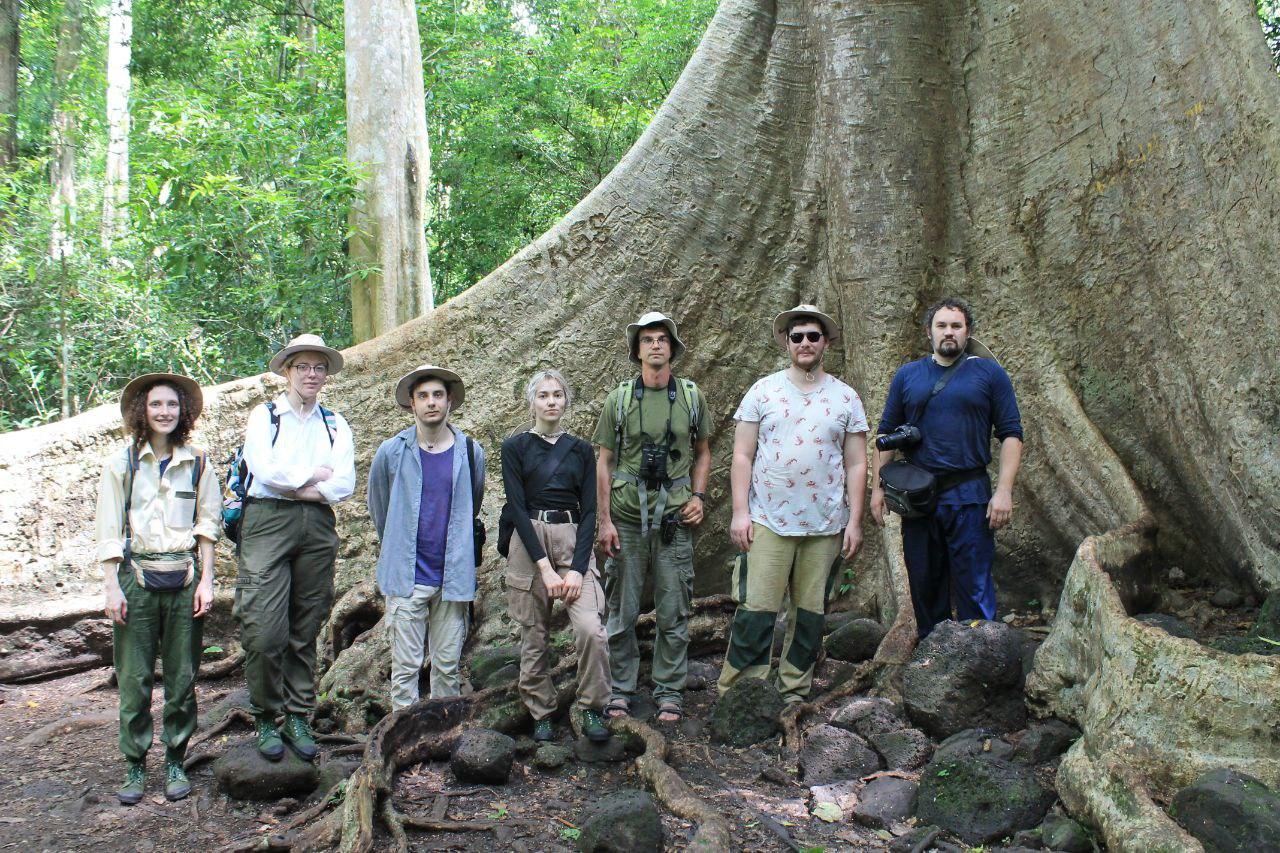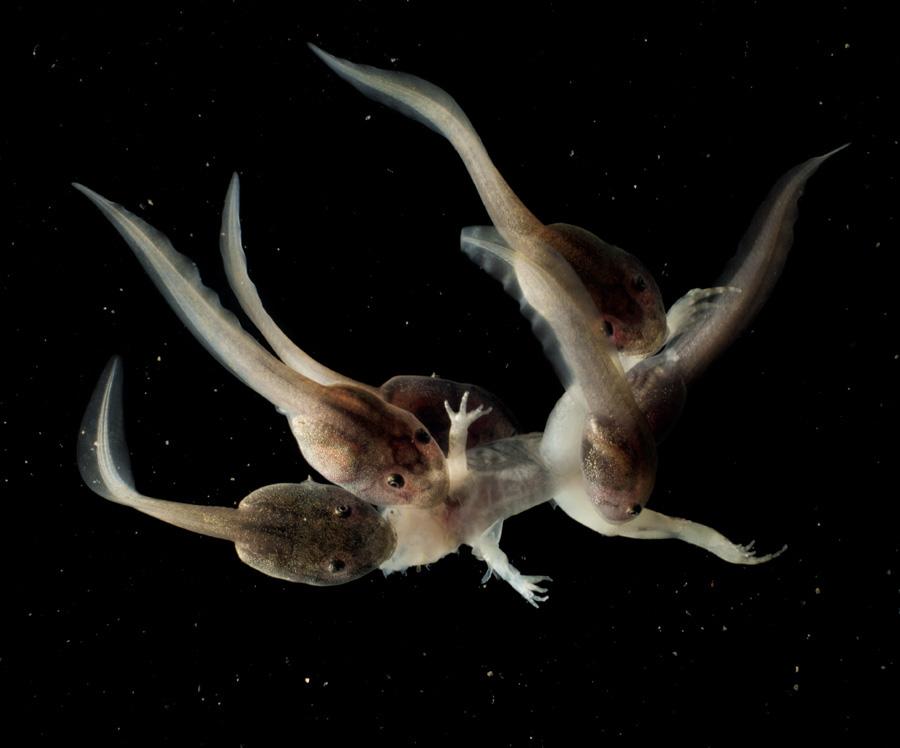
Thanks to funding from the State Science Foundation under the program “State support for scientific research conducted under the guidance of leading scientists in Russian educational institutions of higher education, scientific institutions and state scientific centers of the Russian Federation” (9th stage), a laboratory of evolutionary trophology was created in 2022. The institute's new laboratory specializes in studying nutrition, digestion and parasites in fish, amphibians and reptiles. It included experts in the field of research of the digestive system and vertebrate ecology, as well as undergraduates, graduate students and support staff. The laboratory was headed by the outstanding Spanish scientist Enric Gisbert Casas.

In 2023, we completed the construction of the main laboratory complexes, resulting in the creation of a multi-purpose scientific base where a wide range of genetic studies of eukaryotic and prokaryotic organisms can be carried out. In addition, an instrument base has been formed to study the composition of digestive enzymes, study the biochemistry of blood and other tissues of organisms, and conduct morphological and histological studies of the digestive system of vertebrates.
Over the past year, project participants have been on several large expeditions, the most significant of which included trips to Vietnam, Indonesia and Papua New Guinea. In Papua New Guinea, we became acquainted with the aquatic and terrestrial ecosystems of the surrounding Lake Kutubu, where several endemic fish species live, some of which belong to the complex of eliotris fishes of the genus Magurnda. We were interested in adaptations of the digestive system of representatives of this and other fish genera and associated with the trophic niches they occupy, as well as ecto- and endoparasites of lake ichthyofauna. The expedition was based in the village of Tugiri, where a research center was built through the efforts of the head of the local community, Lawrence Kage.

The surroundings of the lake are slopes covered with primary tropical forest and indented by river valleys. Tugiri is located in the floodplain of the Vari River, where we conducted daily excursions in search of herpetofauna. Despite the dry season - July has the least amount of precipitation - we were able to find more than 30 species of reptiles and amphibians, the main representatives of which were small frogs from the family of narrow-mouthed tree frogs (Microhylidae). Not all of them can be identified, and it is quite possible that among the amphibians we caught there may be species new to science. In addition, we tried to establish international relations with representatives of the local scientific community from the National Research Institute (NRI), which can be the basis for further fruitful work by the staff of the Institute of Ecology and Evolution of the Russian Academy of Sciences.

The Vietnamese expedition was aimed at studying internal parasites, feeding habits and digestion of tailless amphibians. We worked in Cat Tien National Park, where one of the oldest stations of the Russian-Vietnamese Tropical Center is located, on the basis of which our research was carried out. As objects of study, we chose such amphibian species as Microhyla butleri, M. mukhlesuri, M. heymonsi, Rohanixalus vittatus, Glyphoglossus guttulatus, Polypedates megacephalus. In two model reservoirs, we regularly collected tadpoles that had reached different stages of development. Next, we studied the composition of the parasites, taking samples of body tissue and the contents of the digestive tract for isotope analysis of carbon and nitrogen, as well as intestinal samples for analysis of the enterobiome and the composition of digestive enzymes. In the vicinity of model reservoirs, we caught adult frogs of the same species, which will allow us to compare the studied parameters in tadpoles and adult individuals that have undergone metamorphosis. Primary data showed that the differences in the isotopic signature between tadpoles of different species from the same body of water are much greater than between adult frogs living in the vicinity of the native body of water, and fluctuate slightly between different stages of tadpoles of the same species. To a large extent, interspecific differences reflect trophic adaptations of tadpoles, the essence of which we plan to understand when metagenomic sequencing data of the digestive system microbiome is analyzed.

An important achievement was the development of a new method of catching fish at a given depth, which differs from existing methods in that the installation of nets is carried out using weights with buoys submerged at the bottom of the reservoir, supporting the net at any required depth (patent No. 2810000 “Method of installing gill nets at an arbitrary depth in lakes"). The publication results of the laboratory staff are that by the end of the year they published seven scientific articles in high-ranking international journals (Q1-Q2).
Thus, during the second year of the project, significant work was done to create an instrument base, collect field material and prepare publications. We hope that the achieved results leave no doubt about the prospects for the development of a new direction of research, will allow us in the future to replenish the fundamental knowledge about the evolution of nutrition in poikilothermic animals and create biological additives for the effective reproduction and rearing of these animals in captivity.
